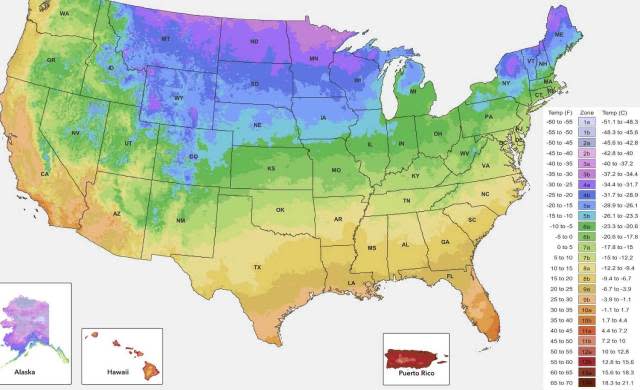Plant experts forced to draw new hardiness zone map after unprecedented changes: ‘Half of the country [is] shifting’
The U.S. Department of Agriculture just released its new Plant Hardiness Zone Map, which helps gardeners across the country determine which types of plants will be able to survive the coldest temperatures in their locations. The experts behind the map were forced to make major changes as a result of the continued overheating of our planet.
The Plant Hardiness Zone Map is a product of a joint partnership between the USDA and Oregon State University’s Parameter-elevation Regressions on Independent Slopes Model (PRISM) Climate Group.

“Overall, the 2023 map is about 2.5 degrees warmer than the 2012 map across the conterminous United States,” said Christopher Daly, director of the PRISM Climate Group and the map’s lead author. “This translated into about half of the country shifting to a warmer 5-degree half zone, and half remaining in the same half zone. The central plains and Midwest generally warmed the most, with the southwestern U.S. warming very little.”
As Earth continues to overheat, largely as a result of reliance on burning dirty energy sources such as gas and oil, the ripple effects can be felt throughout the planet. For gardeners, that means that certain types of plants that have long thrived in a certain region may not be able to sustain themselves for much longer.
“Higher average temperatures and shifting precipitation patterns are causing plants to bloom earlier, creating unpredictable growing seasons. Even warm-weather plants like tomatoes can be harmed by increased temperatures,” writes the National Wildlife Foundation.
However, one nice thing about gardening is that the very act of planting and tending to flora is an act of resistance against pollution and the overheating of our planet. By minimizing the use of power tools and fertilizers, it is possible to create a garden that fights back against these destructive forces.
Join our free newsletter for weekly updates on the coolest innovations improving our lives and saving our planet.

